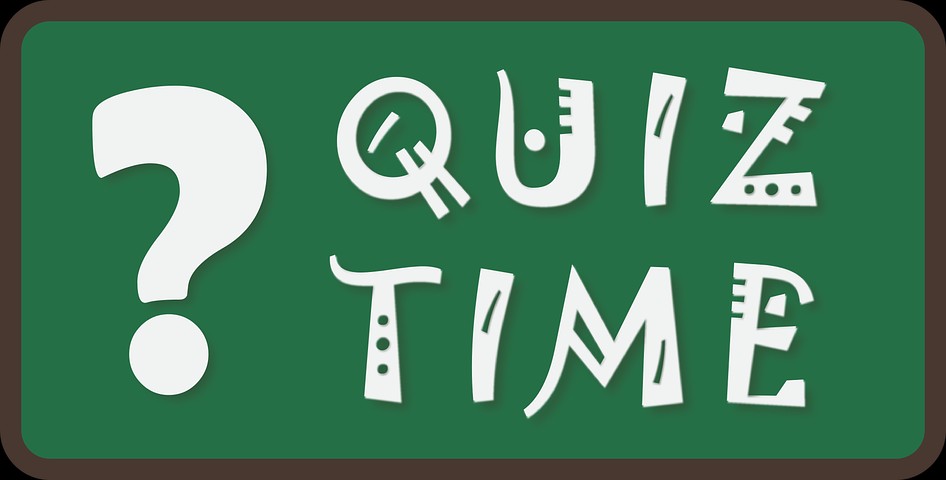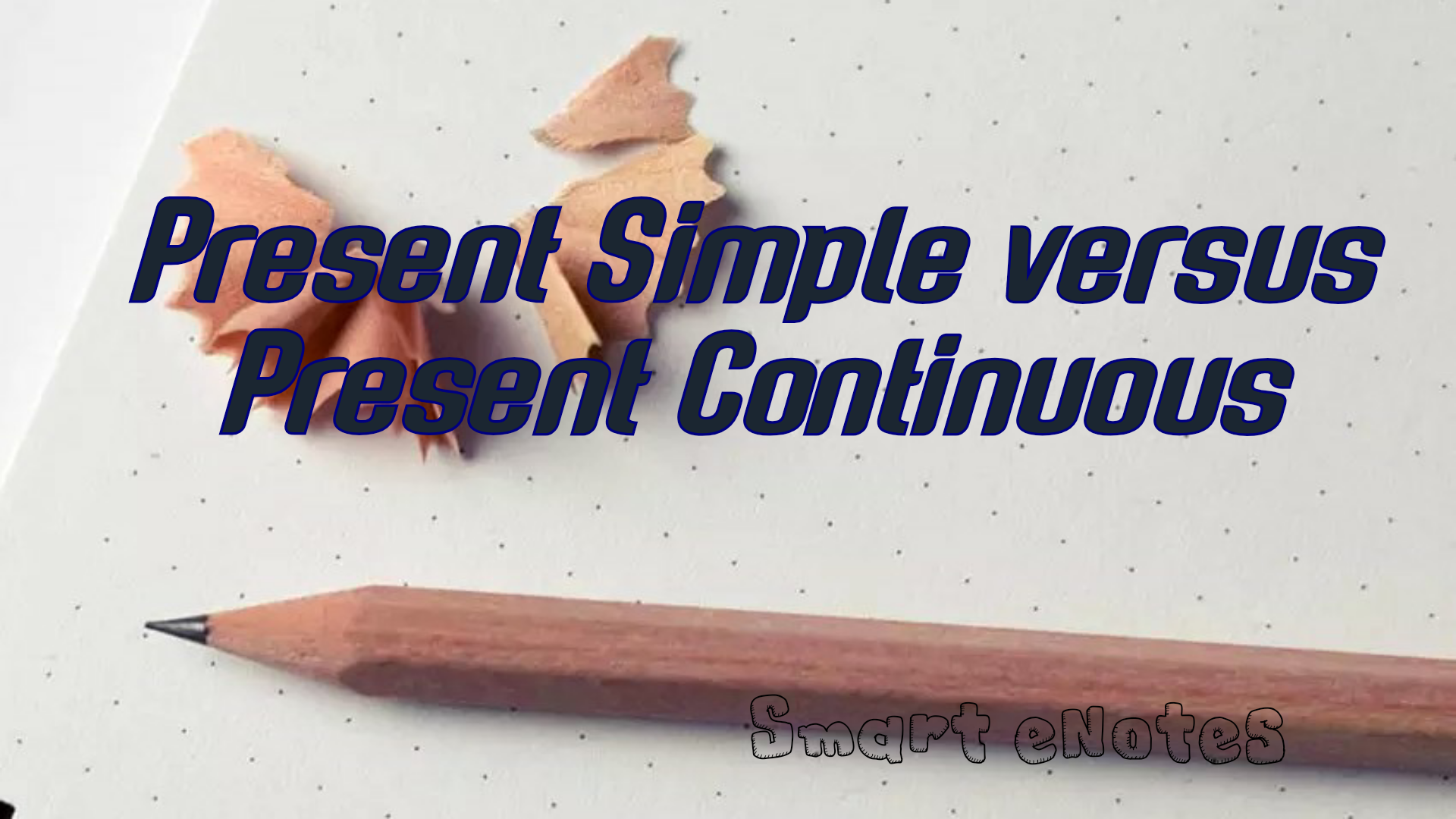Present Simple Versus Present Continuous
Hello Everyone! Today we are looking at Present Simple versus Present continuous. Let’s start:-
PRESENT SIMPLE
Look at these Present Simple sentences :
He/She/It/Ali plays the piano.
Does he/she/it play the piano?
He/She/It/ doesn’t play the piano
I/We/You/They play the piano.
Do I/we/you/they play the piano?
I/We/You/They don’t play the piano
To form present simple, add s to verbs following he, she and it, use does for questions and doesn’t for negatives.
Verbs following I, you, we and they, should be in the base form, do is used for questions and don’t for negatives.
Present simple is used to talk about facts and habits.
1. FACTS
You like chocolate.
Do you like chocolate?
You don’t like chocolate.
He likes chocolate.
Does he like chocolate?
He doesn’t like chocolate.
She likes chocolate. Does she like chocolate? She doesn’t like chocolate.
It likes chocolate.
Does it like chocolate?
It doesn’t like chocolate.
We like chocolate.
Do we like chocolate?
We don’t like chocolate.
They like chocolate.
Do they like chocolate?
They don’t like chocolate.
2. HABITS
Examples
Hameed plays football on Saturdays. This is an activity that is repeated by Hameed.
Adverbs of frequency can be used to describe how often the activity takes place. The following are common adverbs of frequency, from the strongest to the weakest: – Always, usually, often, sometimes, not often / rarely* / seldom */ never.
*rarely and seldom are not as commonly used as not often.
Adverbs of frequency come before the verb of a sentence, except verb to be, when they come after it. Examples
Hameed often plays football on Saturdays.
Tom is never late.
PROVERBS
Proverbs are supposed to be true for all the time, so we use the simple present here; as:
• A stitch in time saves nine.
• Make hay while the sun shines.
• Honesty is the best policy.
TIMETABLES AND PROGRAMMES
When we talk about public transport, arrival and departure of trains and plains, cinema show timing, match timing, we use the simple present.
• The match starts at 9 o’clock.
• What time does the show begin?
• Tomorrow is Monday.
• The bus leaves for Baramulla at 8am.
• The next flight is at 7.00 tomorrow.
QUOTATIONS
quotations are often introduced with says (the present simple):
• Keats says, “A thing of beauty is a joy forever”.
PRESENT CONTINUOUS
To form present continuous use the verb to be as an auxiliary and follow it with ing. To form a question put not after the auxiliary verb and to form a question, invert the subject and the auxiliary verb.
Present continuous is used to talk about an activity that is happening now, an activity happening around now but not at this moment, a temporary activity and for future arrangements.
1. SOMETHING HAPPENING NOW
Examples
Hameed is playing football. He is kicking the ball now.
I am playing football.
Am I playing football?
I am not playing football.
You are playing football.
Are you playing football?
You are not playing football.
He is playing football.
Is he playing football?
He is not playing football.
She is playing football.
Is she playing football?
She is not playing football.
It is playing football.
Is it playing football?
It is not playing football.
We are playing football.
Are we playing football?
We are not playing football.
They are playing football.
Are they playing football?
They are not playing football.
2. SOMETHING HAPPENING AROUND NOW BUT NOT AT THIS MOMENT
E.g. I am reading an interesting book. I am not reading it this moment, I’m talking to you, but it is a current project of mine.
3. TEMPORARY ACTIVITIES
E.g. Emma is staying with her friend for a few months. Present continuous shows that this is not a permanent arrangement.
4. FUTURE ARRANGEMENTS
Example
I am having lunch with my sister at 1 pm.
The context will show when present continuous is being used to refer to the future. Here, for instance, it is 10 am now, so 1 pm is clearly in the future. Going to for future plan can often be a substitute for this use of the present continuous, so it is also correct to say “I’m going to have lunch with my sister at 1 pm”.
That’s all for now! Test your understanding of Present Simple versus Present Continuous quiz by doing Grammar Quiz 1
Grammar Quiz 1

Test your knowledge of Present Simple versus Present Continuous!
Choose the correct answer, A or B: –
1.
A. I often watch tennis on T.V.
B. I am often watching tennis on T.V.
2.
A. He does his homework at the moment.
B. He is doing his homework at the moment.
3.
A. He usually arrives late.
B. He arrives usually late.
4.
A. Ben always is hungry by 10 am.
B. Ben is always hungry by 10 am.
5.
A. Javid collects stamps from around the world.
B. Javid is collecting stamps from around the world.
6.
A. Do you visits your grandmother often?
B. Do you visit your grandmother often?
7.
A. Does they watch a lot of T.V.?
B. Do they watch a lot of T.V.?
8.
A. Is she enjoying her holiday?
B. Does she enjoying her holiday?
9.
A. Maria is driving her brother’s car while hers is being repaired.
B. Maria drives her brother’s car while hers is being repaired.
10.
A. Right now Gina is at school but in the afternoons she learns to play the piano.
B. Right now Gina is a school but in the afternoons she is learning to play the piano.
Answers: 1. A, 2. B, 3. A, 4. B, 5.A, 6. B, 7. B, 8. A 9.A, 10.B



